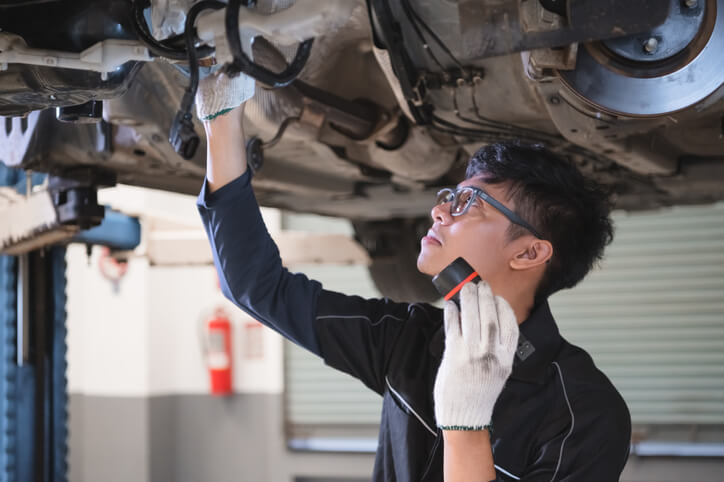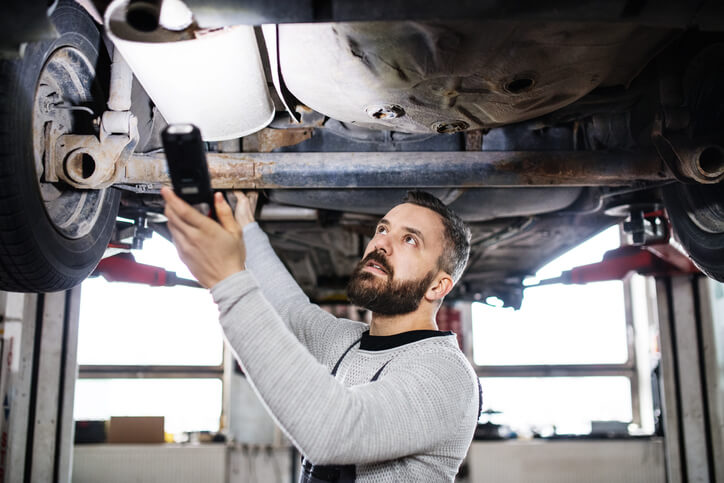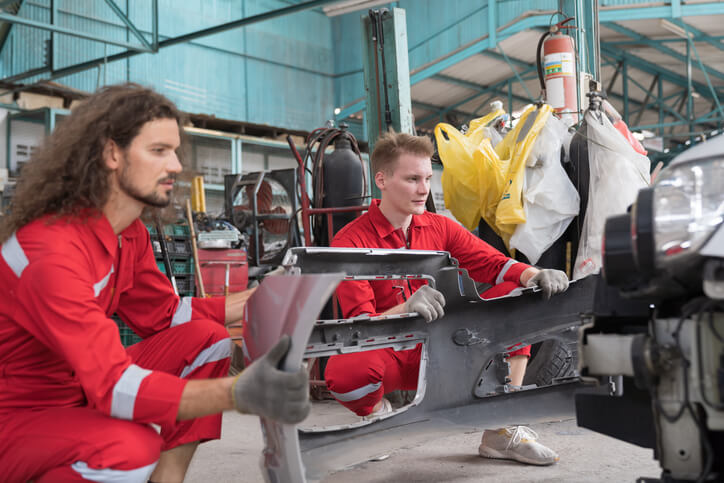Beyond the Engine: What Automotive Training Graduates Should Know About Vehicle Subframes
When most people think about auto repairs, they picture engines, brakes, or maybe transmissions. But if you’re enrolled in a quality automotive training program, you’ll understand the unsung hero beneath every vehicle: the subframe.
Vehicle subframes don’t make headlines, but they’re foundational, literally. From performance and stability to crash safety and component mounting, subframes are critical to the structure and function of modern vehicles. If you want to stand out in the repair bay, knowing how to inspect, diagnose, and service these underbody components will give you a major advantage.
What Exactly Is a Vehicle Subframe?
A subframe is a structural frame that supports specific parts of a car, most commonly the engine, transmission, and suspension. While the body of a vehicle rests on the main chassis or unibody, subframes are bolted or welded onto this base and serve as mounting points for vital mechanical systems.
There are front subframes (commonly supporting the engine and front suspension) and rear subframes (typically housing the rear suspension and sometimes the differential). They’re engineered for strength and impact absorption, often made of steel or aluminum to provide rigidity without excessive weight.
Understanding how they work and how to spot problems matters more than you might think.
Why Subframes Matter in Vehicle Repair
The subframe connects major components while also absorbing stress from the road. If it’s misaligned, bent, or corroded, everything from steering and alignment to ride comfort and even vehicle safety is compromised.
After a collision, the subframe can appear intact but may have subtle damage that affects the car’s geometry. During automotive training, students at CATI learn how to assess these situations using both visual inspections and measuring tools. They’re trained to look beyond what’s obvious and ask: “Is this car structurally sound underneath?”

Common Subframe Issues and What to Watch For
Some of the most common subframe-related issues include:
- Rust and corrosion: Especially in areas with harsh winters, rust can eat away at mounting points and make a subframe unsafe.
- Loose or damaged bushings: These rubber cushions dampen vibrations and connect the subframe to the vehicle body. If worn, they lead to clunks, vibrations, and poor handling.
- Accident damage: Even minor collisions can bend a subframe, leading to misalignment or tire wear.
Graduates of an accomplished automotive school like CATI are trained to assess not just whether a subframe can be repaired, but whether it should be. Safety always comes first.
What Automotive Training Students Learn at CATI
At CATI, automotive training goes beyond engines and transmissions. Students get hands-on experience with undercar inspections, suspension geometry, and structural assessments. This includes:
- Using frame alignment machines
- Identifying stress fractures and hidden corrosion
- Removing and reinstalling subframes correctly
- Following OEM specs for torque, alignment, and safety checks
The goal isn’t just to fix what’s broken, it’s to prevent problems before they become safety hazards. Whether you’re diagnosing odd noises or realigning suspension parts after a crash, your knowledge of subframes will make you a more competent and confident technician.

Why It Pays to Learn About Subframes
Today’s vehicles are increasingly complex, and drivers expect quiet, smooth rides with precision steering and maximum safety. That means every component, visible or not, matters. Understanding subframes is one more way CATI school graduates can stand out from the crowd.
If you’re considering automotive training, or already enrolled, remember: excellence lies in the details. Knowing how to repair a subframe safely could be the difference between a routine service call and a major comeback moment for your customer.
Do you want to explore automotive service programs at CATI school?
Contact us for more information.

